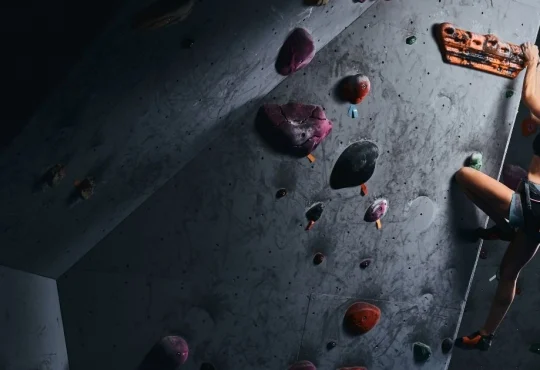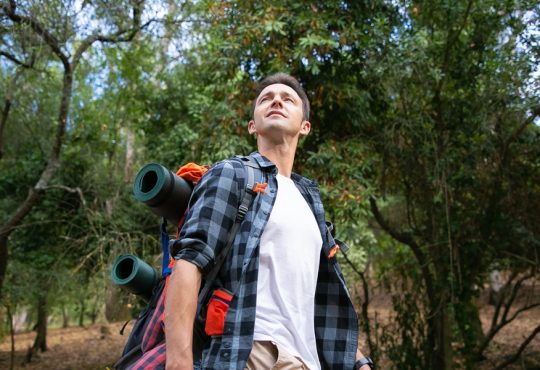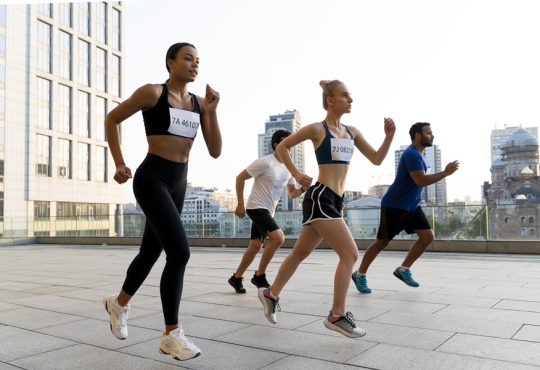Snowboarding is an exhilarating winter sport that combines thrill, skill, and a touch of style. For many, the prospect of gliding down snow-covered mountains can be both exciting and daunting. Whether you are drawn in by the stunning vistas, the rush of the descent, or the camaraderie of fellow snowboarders, knowing how to get started is crucial for an enjoyable experience. This guide will provide you with comprehensive insights into snowboarding, from selecting the right gear to mastering techniques and ensuring safety.
Choosing the Right Snowboard and Gear
The foundation of a successful snowboarding experience lies in having the right equipment. Choosing the right snowboard, boots, bindings, and protective gear will significantly enhance your comfort and performance on the slopes.
Selecting the Right Size and Type of Snowboard
When it comes to snowboards, size matters. A board that’s too short or too long can hinder your ability to control and maneuver effectively. Your snowboard length typically should be between your chin and nose when stood upright. Additionally, consider your weight and riding style. Snowboards are designed for various purposes, including freestyle, all-mountain, and powder. For beginners, an all-mountain board is often the best choice, as it is versatile and suitable for different terrain.
Importance of Quality Boots, Bindings, and Helmet
Your snowboard boots should provide comfort and support while ensuring a snug fit. A good fit allows for better control of the board and prevents injuries. When choosing bindings, look for those that are compatible with your boots and provide ample support. It’s essential not to skimp on a helmet; it’s your first line of defense against injuries. Choose a helmet that fits well and is certified for snow sports.
Wearing Proper Snowboarding Clothing for Warmth and Mobility
Layering is key when it comes to snowboarding clothing. Start with moisture-wicking base layers, followed by insulating layers like fleece or wool, and finish with a waterproof and breathable outer layer. Ensure your clothing allows for freedom of movement, as this will make it easier to perform various techniques. Don’t forget warm socks, gloves, and goggles for visibility and protection against the elements.
Learning Basic Snowboarding Techniques
Once you have the right gear, the next step is learning the basic techniques that form the backbone of snowboarding. Mastering these skills early will lay a strong foundation for your progression in the sport.
Understanding the Stance: Regular vs. Goofy
Determining your stance is one of the first things you should do as a beginner. The regular stance means your left foot is at the front of the board, while in the goofy stance, your right foot leads. To find your natural stance, try sliding on a smooth surface or ask someone to give you a gentle push from behind; the foot you use to stabilize yourself will indicate your stance.
Learning How to Balance and Control the Board
Balance is crucial in snowboarding. Start by practicing sliding on flat ground, standing with your knees slightly bent. Keep your weight centered over the board, and practice shifting your weight from your toes to your heels. This will help you get accustomed to the board’s movement and develop muscle memory for maintaining balance.
Mastering the Basic Skills: Sliding, Turning, and Stopping
Begin by practicing how to slide down gentle slopes. Focus on maintaining your balance while allowing the board to glide. Next, practice turning by shifting your weight and using your shoulders to guide the board in the desired direction. To stop, learn the heel and toe edge techniques. The heel edge involves leaning back slightly to dig your heels into the snow, while the toe edge requires leaning forward and pressing down with your toes. Mastering these basic skills will set you up for more advanced techniques.
Taking Your First Lesson
While self-teaching can be tempting, taking a lesson from a qualified instructor can be invaluable for beginners.
Why It’s Beneficial to Take Lessons from a Professional
Instructors can provide personalized feedback, teach you proper techniques, and help you progress more quickly. They also ensure you understand the safety protocols and etiquette of snowboarding, which is crucial for your own safety and the safety of others on the slopes.
What to Expect in a Beginner Snowboarding Class
Beginner classes typically start with an introduction to gear, safety, and basic techniques. Instructors will guide you through warm-up exercises, basic movements, and practice runs. Most lessons include group exercises that allow you to learn with other beginners, which can make the experience more enjoyable and less intimidating.
Practicing on Gentle Slopes or Beginner-Friendly Areas
Start your snowboarding journey on gentle slopes designated for beginners. These areas usually have a gradual incline and are less crowded, making it easier to practice without the pressure of advanced snowboarders around. As you gain confidence and skill, you can gradually transition to more challenging terrains.
Practicing Falling Safely
Falling is an inevitable part of learning to snowboard. Knowing how to fall safely can help you avoid injuries and build confidence.
How to Fall Properly to Avoid Injury
When you feel yourself falling, try to relax your body and avoid using your hands to break the fall, as this can lead to wrist injuries. Instead, aim to fall to the side or back, using your forearms to protect your body.
Techniques to Protect Your Wrists, Knees, and Tailbone
Wearing wrist guards can offer extra protection against sprains. To protect your knees and tailbone, consider wearing padded shorts and knee pads. These protective items can significantly reduce the risk of injury, especially during your early learning phase.
Building Confidence by Learning How to Get Up After a Fall
After a fall, it’s important to get back up confidently. Roll onto your side and use your hands to push yourself up. Position your board sideways on the slope to prevent rolling back down. Practice getting up several times to build confidence in this skill.
Improving with Consistent Practice
As with any skill, regular practice is essential to becoming proficient at snowboarding.
Starting on Beginner Slopes and Advancing Gradually
Once you feel comfortable on gentle slopes, gradually move on to slightly steeper hills. Focus on refining your balance and control before attempting more challenging runs. Keep track of your progress, as this will help you see your improvements and stay motivated.
Focusing on Balance, Turns, and Edge Control
As you progress, dedicate time to working on your turns and edge control. Practice linking turns smoothly and using your edges to control your speed. This will not only improve your overall performance but also enhance your confidence on the slopes.
Building Endurance and Core Strength
Snowboarding can be physically demanding, so building your endurance and core strength is vital. Incorporate exercises such as squats, lunges, and planks into your fitness routine. These exercises will help improve your balance, stability, and overall fitness, making snowboarding more enjoyable.
Understanding Snowboarding Etiquette
Snowboarding is a social sport that comes with its own set of rules and etiquette to ensure safety and enjoyment for everyone on the slopes.
How to Stay Safe on the Slopes
Always be aware of your surroundings. Look uphill before starting down a slope and yield to other snowboarders and skiers. Avoid stopping in the middle of a run, as this can create hazards for others.
Respecting Other Snowboarders and Skiers
Maintain a safe distance from other riders. If you’re passing someone, do so from behind and give them ample space. Remember that everyone is there to enjoy the slopes, so being courteous goes a long way in maintaining a positive atmosphere.
Awareness of Trail Signs and Right of Way
Familiarize yourself with trail signs and their meanings. These signs indicate difficulty levels and other important information about the trails. Understanding right-of-way rules is also crucial. Generally, the person downhill has the right of way, so always be cautious when merging onto trails.
Staying Motivated and Having Fun
One of the best parts of snowboarding is the community and the sense of achievement that comes with progress.
Setting Achievable Goals to Track Progress
Set specific and achievable goals for your snowboarding journey. This could be mastering a new technique, completing a run without falling, or even trying a new slope. Tracking your progress will keep you motivated and help you celebrate your successes.
Snowboarding with Friends or Joining a Community
Snowboarding with friends can make the experience more enjoyable and provide support during learning. Additionally, consider joining local snowboarding clubs or online communities where you can share experiences, tips, and even find riding partners.
Exploring New Terrain as You Improve Your Skills
As your confidence grows, don’t hesitate to explore new terrains. Visiting different resorts and trying various runs can keep your snowboarding experience fresh and exciting. Challenge yourself with new slopes and conditions, and enjoy the thrill of discovery.
Conclusion
Getting started with snowboarding may seem daunting, but with the right preparation, gear, and mindset, it can be an incredibly rewarding experience. Remember to take your time, practice regularly, and most importantly, have fun on the slopes. Embrace the learning process and enjoy the beauty of winter sports. Whether you’re riding with friends, competing, or simply enjoying the outdoors, snowboarding offers endless opportunities for adventure and joy.





